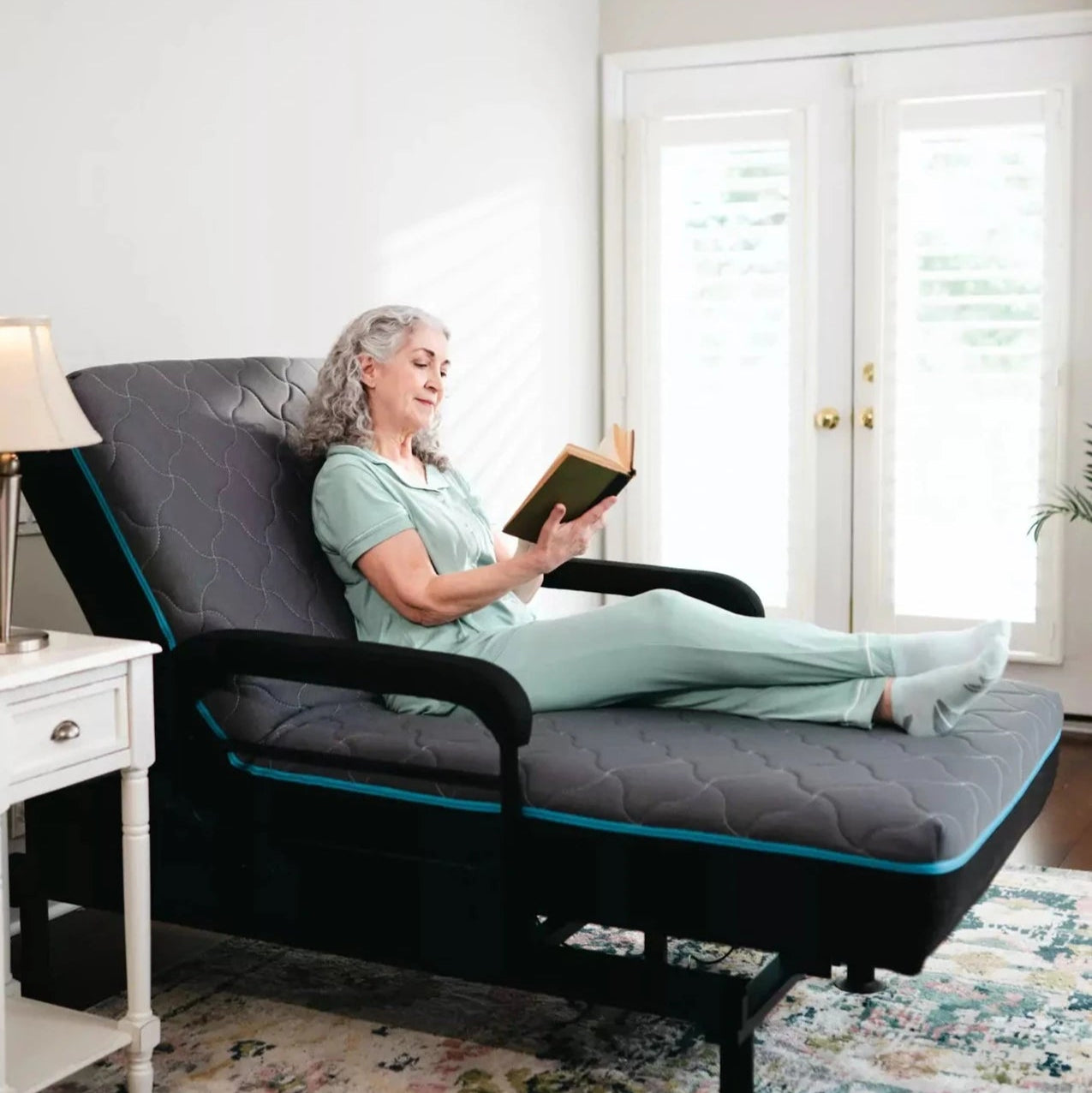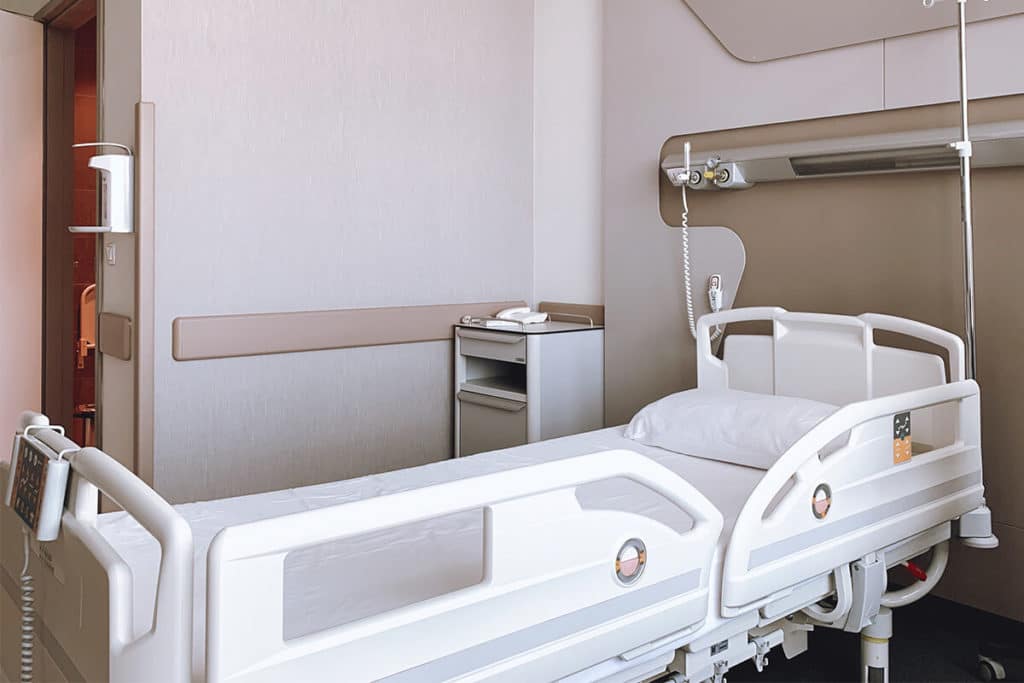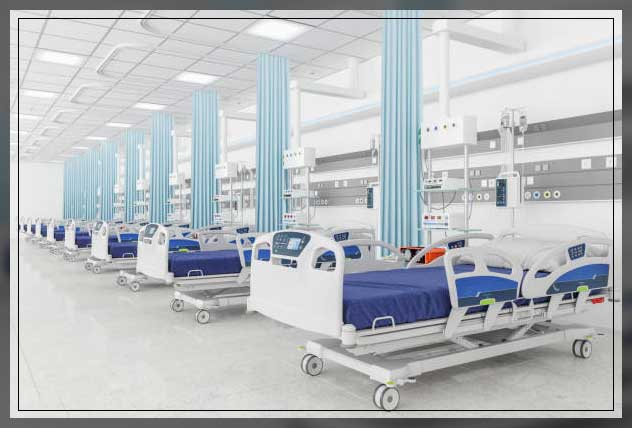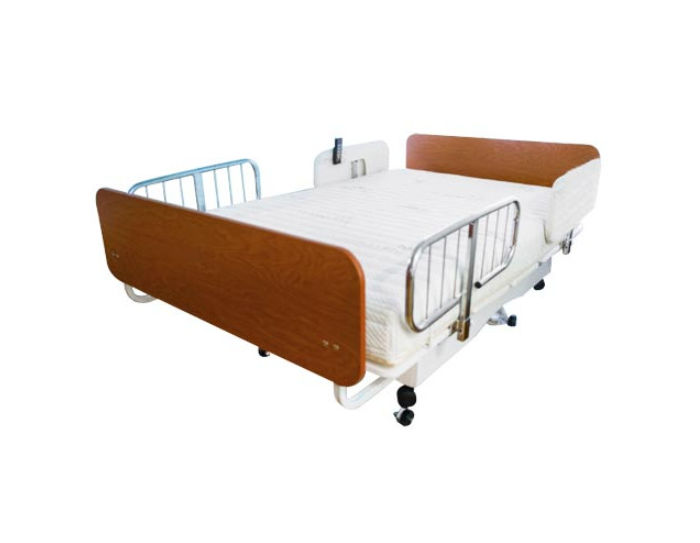The Buzz on Hospital Beds For Home Use
The Buzz on Hospital Beds For Home Use
Blog Article
What Does Hospital Beds For Home Use Do?
Table of ContentsExcitement About Hospital Beds For Home UseThe Hospital Beds For Home Use PDFsSome Known Questions About Hospital Beds For Home Use.All About Hospital Beds For Home UseNot known Details About Hospital Beds For Home Use All About Hospital Beds For Home UseNot known Incorrect Statements About Hospital Beds For Home Use
There are 3 major types of hospital beds: manual, semi-electric, and fully-electric. These beds utilize hand cranks to change the bed's height and increase and reduce the head and the foot.
Semi-electric beds have an electrical motor to raise and decrease the head and foot portions of the bed (hospital beds for home use). Full-electric beds have an electric motor that can raise the head and foot areas of the bed as well as the entire height and positioning of the bed.
How Hospital Beds For Home Use can Save You Time, Stress, and Money.
Some designs can also move right into more settings, such as the Trendelenburg (tilt) setting. There are numerous sorts of hospital beds, each developed to fulfill specific client needs. Below are some typical types: This is the most usual sort of hospital bed, created for general clinical usage. It has a guidebook or electrically adjustable headrest, footrest, and elevation.
Lower to the ground than a standard bed. This kind of bed is made for larger patients, with a larger frame and greater weight capability than a standard bed.
This kind of bed is developed for critically sick people who call for open monitoring and specialized clinical tools such as ventilators and mixture pumps. This kind of bed is made for usage during labor and delivery, with adjustable settings and attributes to sustain the mom and infant during the birth process.
5 Simple Techniques For Hospital Beds For Home Use
Multiple function and the accessories do broadening traction to different components of the vertebra and the extremities without relocating the human body. These are just a few examples of the kinds of hospital beds offered. The particular sort of bed used will depend upon the individual's condition, medical needs, and various other aspects.
Here is the important things you require to recognize. A one-function hospital bed is a clinical bed that allows a patient to relocate just the head or foot section up or down. A 2 feature health center bed usually describes a type of clinical bed that has two adjustable functions to help people in health centers or care centers.

Hospital Beds For Home Use Can Be Fun For Everyone
A 7-function ICU bed is a kind of clinical bed that supplies numerous flexible features to sustain seriously ill people in a critical care unit (ICU) (hospital beds for home use). The seven features normally include: Back-rest change: The backrest can be readjusted to numerous angles to aid the individual stay up or relax conveniently
Elevation change: The bed can be raised or decreased to make it simpler for people to get in and out of bed, and for caretakers to give treatment. Trendelenburg setting: The entire bed can be slanted to promote blood flow and blood circulation in the body. Reverse Trendelenburg position: The bed can also be slanted in the opposite instructions to promote blood circulation and circulation in the upper body.
While more cost effective than electrical models, these beds require exertion for changes. The primary advantages of manual beds are their cost and reliability, as they don't count on electricity. The need for hands-on initiative can be a constraint in scenarios where fast modifications are necessary or where caregivers deal with physical difficulties.
Hospital Beds For Home Use for Dummies
They are fit for people who call for marginal rearranging for comfort or medical needs. Semi-electric medical facility beds use an equilibrium of guidebook and electrical controls. The head and foot sections are commonly adjusted with electrical controls, while the height is adjusted manually. These beds supply an ideal happy medium in between handbook and completely electrical choices, using simplicity of usage without the full price of electrical models.
Semi-electric beds are appropriate for patients that need moderate modifications to the head and foot sections yet can take care of without frequent height changes. This makes them an affordable option for those looking for comfort and benefit without the requirement for continuous repositioning. Fully electric hospital beds include electric controls for seamless adjustments to the elevation, head, and foot sections.
Specialty health center beds, such as ICU beds, lasting care beds, and bariatric beds, are meticulously check here created to resolve details medical requirements. These beds supply customized care for varied person teams, boosting both results and comfort. In the adhering to areas, we will check out the major kinds of specialized hospital beds, outlining their certain benefits and applications.
With years of experience in manufacturing electric linear actuators - hospital beds for home use and close partnership with the healthcare industry, TiMOTION is well-positioned to give reputable medical care options. Our up and down integrated business handles every step of the manufacturing procedure, from layout to actuator setting up, guaranteeing we deliver phenomenal worth and personalized solutions customized to your specific requirements
Getting My Hospital Beds For Home Use To Work

To read more about integrating these technologies into your items, call us today. Further reading:.
Information is sourced from the Medicare Price Record.

Some Known Incorrect Statements About Hospital Beds For Home Use
A hospital bed is a bed designed specifically for clinical purposes. check this site out It is not only an area for individuals to rest, but also a platform for clinical operations. Unlike normal home beds, hospital beds generally have flexible features, which can promote medical personnel to make various changes according to the demands of clients, such as transforming the height, disposition, and assistance angle of the back and legs of the bed.
Report this page